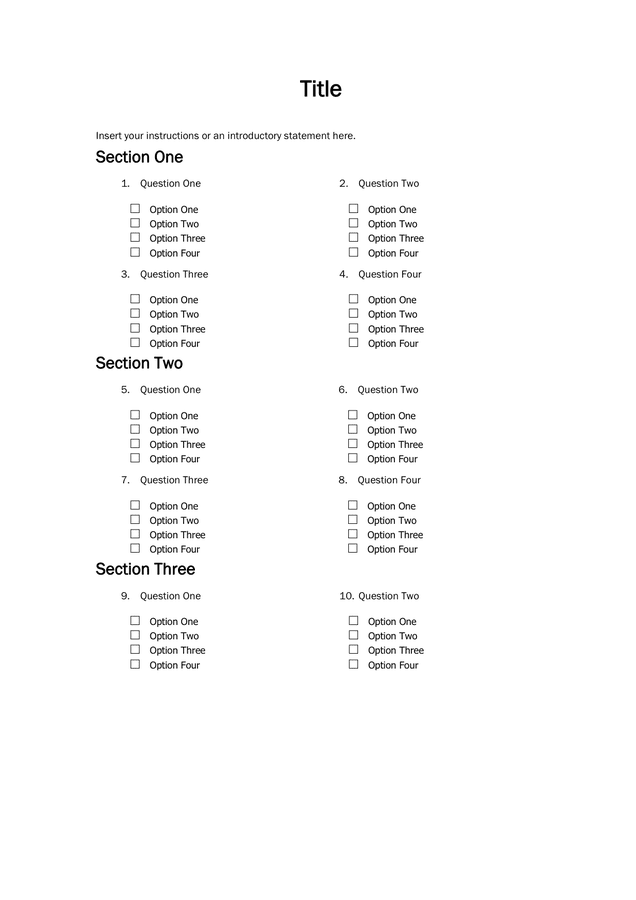

If the response choice is unbalanced to either side, the possibility of that item being an interval measurement seems greatly diminished. Note that the above response options are “balanced” in that the items to the left of “Neutral” have an equal number of counterparts to the right of “Neutral”. In a Likert-response item with choices varying from “Strongly Disagree” to “Disagree to “Neutral”, to “Agree” to “Strongly Agree”, it would appear to be in the mind of the research participant whether or not there is an equal distance between each of these choices ( 9). The purpose of this Research Note is to review current thinking on the treatment of data generated from Likert-type, and other ordinal responses and provide evidence for using alternatives. Most importantly, the goal of research is to produce valid results useful for advancing the field, and valid statistical conclusions require valid statistical analyses. However, the simplicity of non-parametric tests (e.g., the signed-ranks test), biases some to assign a higher status to parametric analyses than to non-parametric. Knapp argues that this is not the case, regardless of perception ( 19). This is an issue because parametric statistics are generally perceived as being more statistically powerful than non-parametric statistics. Whereas the classic Likert-scale items had 5 possible responses, the RPE scale as 14 choices ( 3) and the modified RPE has 10 ( 4). For example, investigators have published research on the Rating of Perceived Exertion ( 3, 4), with almost all treating these data as interval rather than ordinal ( 1, 2, 10– 12, 15). This includes not only Likert-type scales but also other ordinal measures such as the rating of perceived exertion (RPE).

If the data are interval, then parametric statistics can be used. If the data are ordinal, then non-parametric statistics are typically considered the most appropriate option for analysis. The long-running issue with Likert-type scales and ordinal responses is the appropriate statistical treatment of these data. The Likert scale originated with Rensis Likert ( 21), and has a long history of use in Kinesiology research ( 13, 14, 24). Likert, and Likert-type, responses are popular psychometric item scoring schemes for attempting to quantify people’s opinions on different issues.


 0 kommentar(er)
0 kommentar(er)
